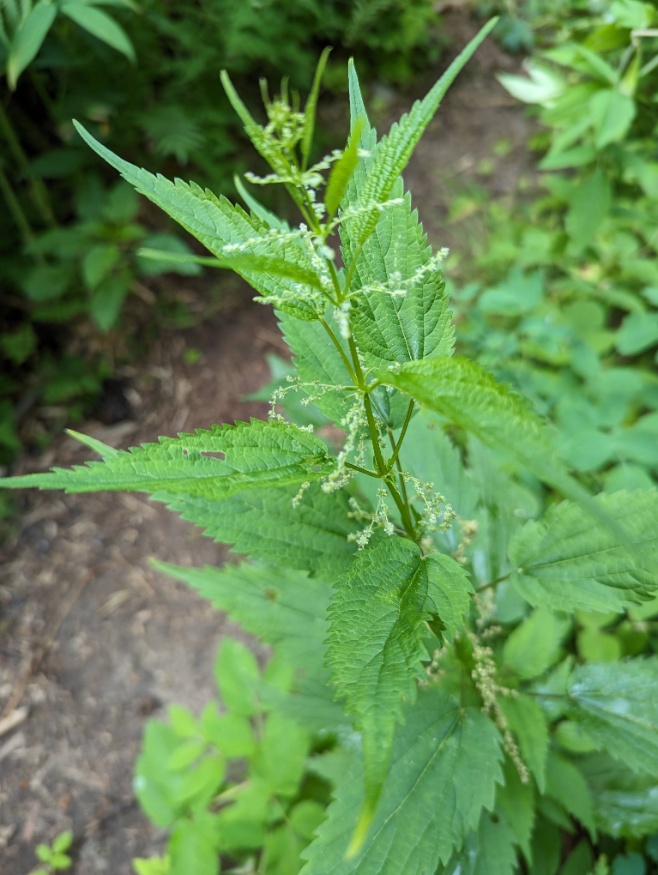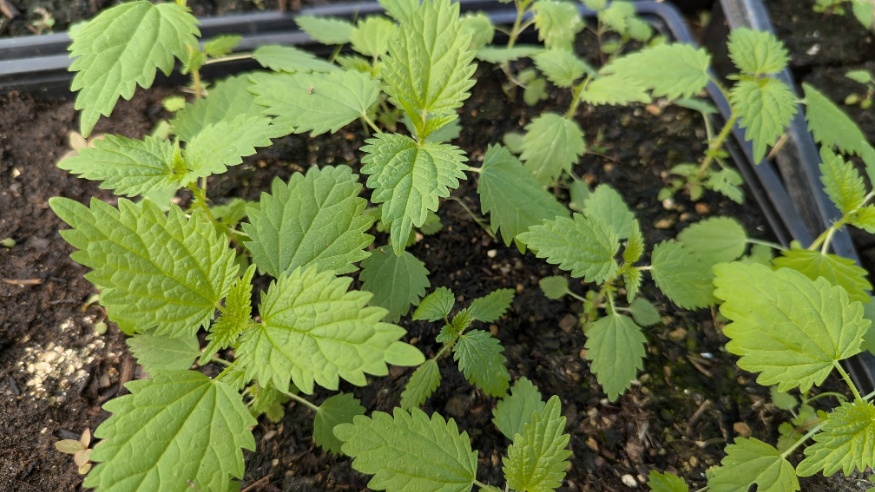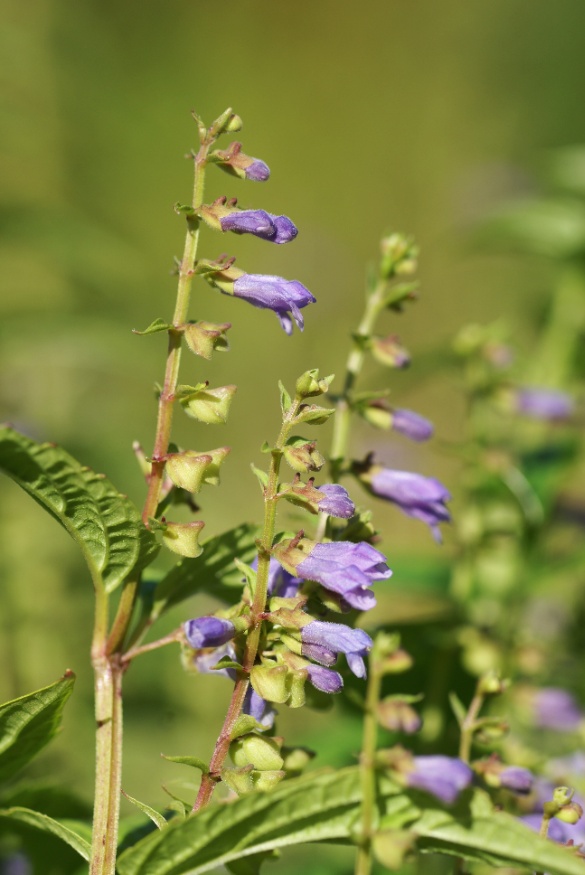5 Amazing Benefits Of Yarrow
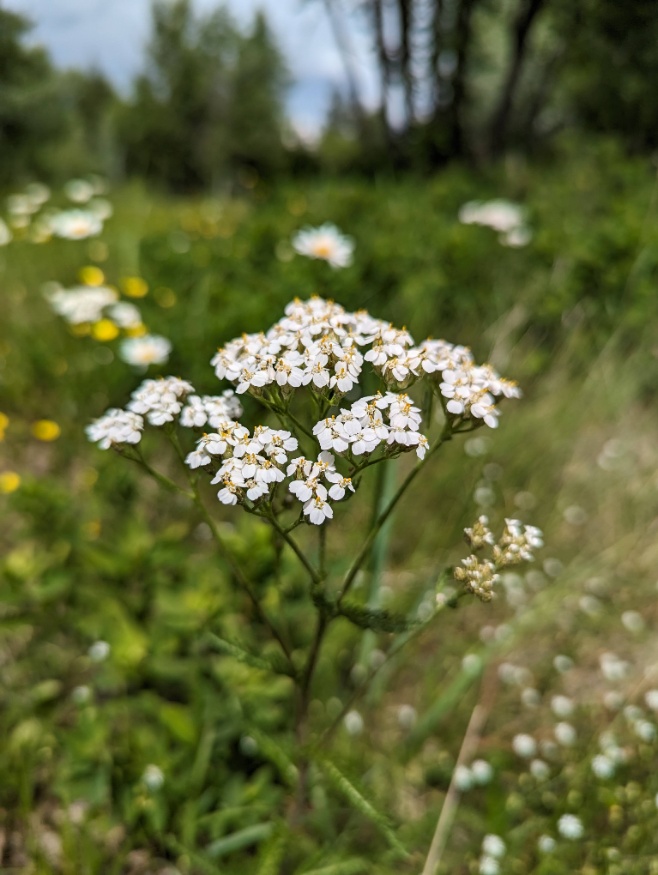
Yarrow grows all over the world, including North America, Europe, Asia, and as an introduced plant in Australia. Though sometimes thought of as a common weed, it's actually one of the most well known and versatile of medicinal plants. Yarrow originates from the Dutch word yerw which is "to repair". This and many other meaningful old world names surround yarrow, and its use as valued food and medicine since ancient times.
@naturewithus_ Making a herbal cream using yarrow #herbalmedicine #naturalskincare #varicoseveins ? Emotional Cinematic Sad Violin and Piano - ISAo
The genus Achillea means "the herb of Achilles", as Yarrow was said to be used to heal the wounds of soldiers led by the mystical Greek warrior Achilles. Legend also has it Achilles's mother brewed a giant vat of yarrow tea, picked him up by his heel and dipped him in it to give him invincible protection from his enemies. Since his heel was the only part that missed submersion, he was later hit by an arrow in the "Achilles heel", and was defeated. Further back in history, yarrow was even found in the tombs of early man, the Neanderthal primate, a 60,000 year old find.
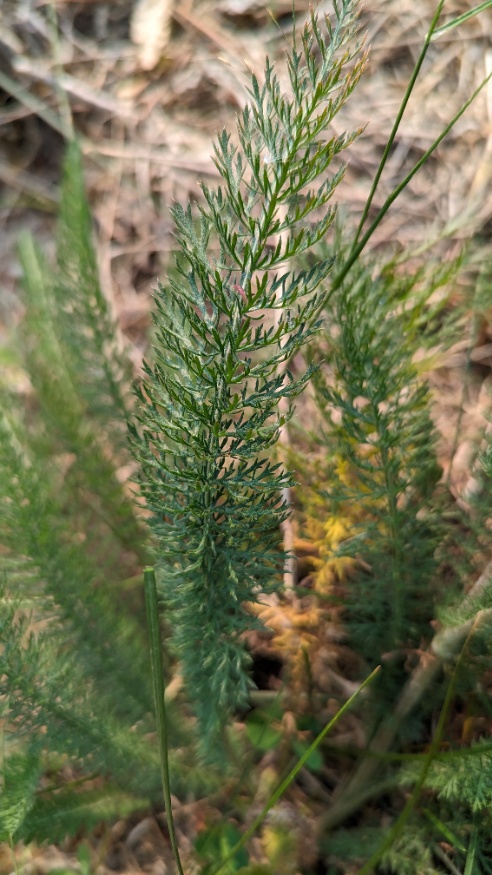
Identification
Yarrow is in the Aster family, one of the largest angiosperm families consisting of a large array of wildflowers, cultivated, and medicinal plants. Commonly found on roadsides, slopes, clearings, fields, and other dry, sunny, and mildly disturbed areas, the pant can spread and grow in groups or as solitary stemmed flowers. Flat clusters (corymb in form) of white to pinkish, fully pink, or pale purple flowers bloom from June to September depending on climate. Leaves are finely dissected and feather-like, hence the name millefolium, meaning "a thousand leaves". You can identify yarrow by the pungent smell let off by crushing its leaves.
All parts of the yarrow plant can be used for medicine including flowers, stems, roots, and leaves. Yarrow is best used fresh but is often dried and ground to a powder for first aid kits or medicine cabinets. Medicinal preparations include a: tea, tincture, oil, poultice, steamed vapor, vinegar, hydrosol, bath, cream, among other applications. The plant keeps well dried or as a powder for years and still remains effective. Use wild, pure, or native yarrow where possible as cultivated varieties are known to be less medicinal.
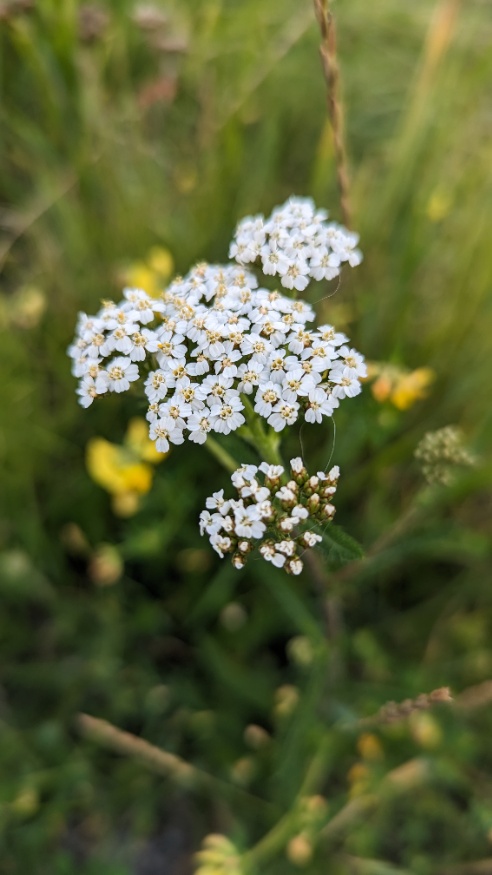
Wounds
Yarrow has a clotting action, giving it the ability to stop bleeding immediately. The astringent properties of yarrow causes skin to contract upon contact, helping to close wounds; it can stop the internal bleeding of exposed wounds by simply chewing up some leaves or flowers and applying it to a cut (spit poultice). This is a quick remedy for scrapes while hiking. Stuffing leaves in one's nose can stop nose bleeds, it can even be used on your animal's cuts and scrapes. Yarrow is a strong analgesic, relieving pain which often comes alongside with trauma and injury. Anti-septic, anti-inflammatory, and anti-bacterial abilities of yarrow aid in prevention and treatment of infection. The yarrow "band aid" used for wounds effectively stops bleeding, helps close the skin, assists with pain, and helps prevent infection all at the same time. Other skin related issues yarrow is used for include:
- wasp stings
- insect and snake bites
- eczema and other skin conditions
- burns
- blisters, wounds
- hemorrhoids
- Measles
- chickenpox
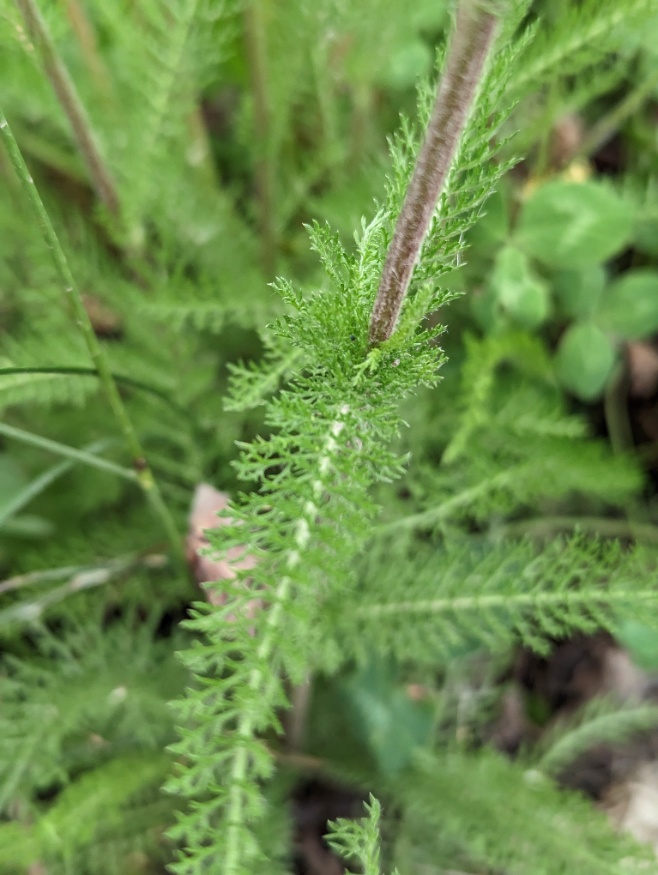
Tooth aches are another sub-surface area that can be quite debilitating and hard to remedy. Chewing fresh yarrow root has a numbing effect and can give relief to tooth aches for up to 8 hours. Simply and hold a ball of chewed root in your mouth over the affected area.
Cold and Flu
Yarrow teas, infusions, oils, and syrups are great for providing relief during flu season. Root infusions can be used to treat colds and battle the flu by inducing sweat (diaphoretic) needed for eliminate toxins in the body, and to help flush out fevers. Essential oils made from yarrow can be applied as a chest rub to remove congestion and sinuses when sick or with respiratory problems. Gargle with a yarrow decoction to releive sore throat, or use as a syrup for ongoing cough. Yarrow can have a warming effect if the body if experiencing coldness and can help provide warmth to the extremities.
Circulatory System
Yarrow may be useful for those with circulatory problems. It can help with spider and varicose veins, to reduce symptoms when applied to the skin as a salve or oil. Yarrow stimulates circulation, assist with blood flow, and increases the strength of vein walls. Some of yarrow's volatile oils also stimulate blood flow to the skin surface.
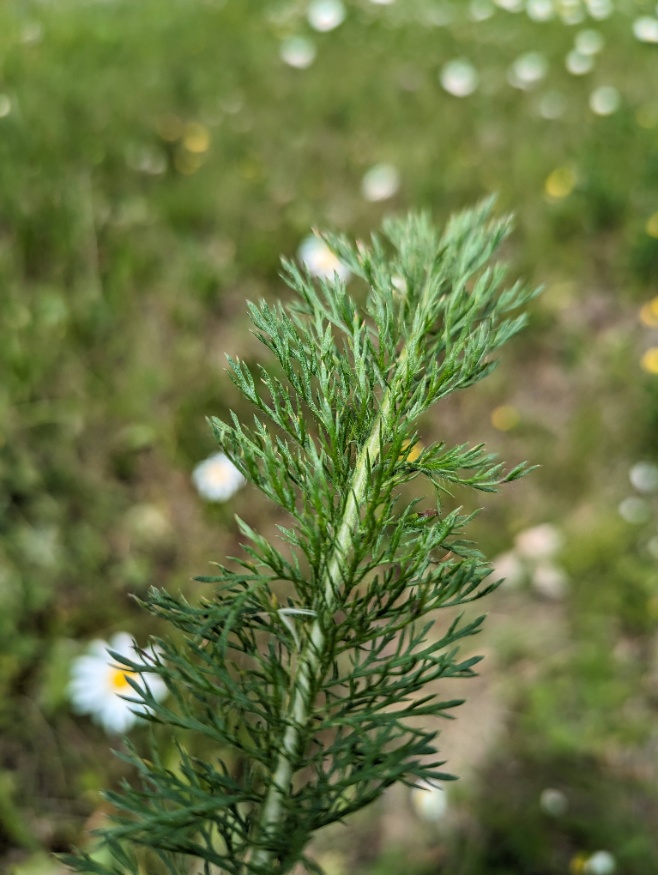
Female Issues
Yarrow is great as a woman's herb and for the many trials that come with womanhood. Yarrow tea is often used to ease suffering onset by menapause; The liver cleansing action promotes proper processing of estrogen and other hormones. It relaxes smooth muscles in the uterus and helps to normalize menstruation (emmenagogue). A decoction can be taken to reduce bleeding for those with heavy menstruation or for menstrual cramping pain. It also helps clear issues of premenstrual water retention. After birthing a child, a yarrow sitz bath can be used to help heal postpartum tearing.
Stomach Issues
Use yarrow as an aromatic bitter to aid with mild indigestion, nausea, bloating, and digestive issues. Simply take a few drops of tincture before meals to stimulate digestive processes. Taking hydrosol from the distillation of yarrow is great way to increase bile and aid in digestion of fatty foods. The plant also removes inflammation in the digestive tract, and relaxes muscles in the intestines. On the way out, yarrow even helps with urinary issues, and works to clear bladder infections.
Food Use
The above ground parts of yarrow can be used as food but it's strongly, bitter, and astringent. It's best used more as a spice, the flavor of yarrow leaves resembles that of anise. A seasoned vinegar can be made from the leaves and flowers. This makes a great highly nutritious salad dressing, marinade, or topping. Yarrow has a history in flavoring bitters and liquors. Traditionally, the plant was brewed into a beer which oddly had mind altering effects when consumed.
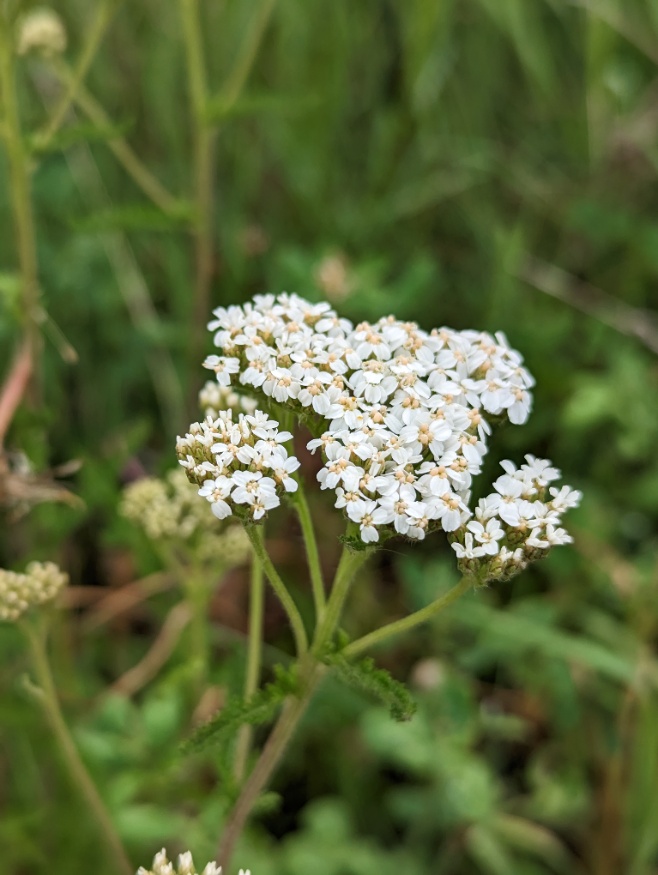
Other Uses
Without extending beyond the scope of this article, here are a few other uses for yarrow. Crushed leaves can be made into a tea to work as a sleep aid. Simply take yarrow tea before bed, or use during the day to reduce anxiety. Leaves can be burned as a mosquito repellant, and flowers and leaves burned and inhaled for headache relief. Yarrow has been used for inflamed joints, arthritis, and even used to protect against radiation damage. All plant parts can be used in an infusion as a general tonic for overall wellbeing.
Precautions
Yarrow has some lookalikes in the Apiaceae family, some of which are poisonous such as the infamous poison hemlock. Queen Anne's Lace can also look similar. Yarrow has leaves are of feathered texture, with a soft, wooly stem. Be certain of proper identification before attempting to harvest it from the wild and use it for food or medicine. Avoid taking yarrow during pregnancy. Also if you are allergic to other plants in the aster famliy, avoid using yarrow.
